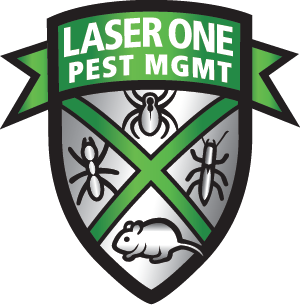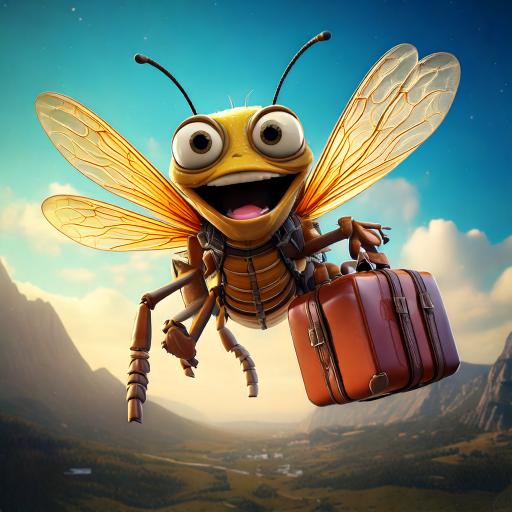Invasive species pose a significant threat to local ecosystems, agriculture, and even homeowners. In Kansas, various invasive pest species can disrupt the balance of our natural environment and lead to costly problems for residents. In this post, we’ll explore the invasive species commonly found in the Lawrence area, their impacts on local ecosystems, and what homeowners should know to protect their properties.
1. What Are Invasive Species?
Invasive species are non-native organisms that can cause harm to the environment, economy, or human health. They often outcompete native species for resources, disrupt food chains, and alter habitats. These species can be introduced intentionally or accidentally, and once established, they can be challenging to control.
2. Common Invasive Pest Species in Lawrence
Several invasive pest species are particularly concerning for homeowners in the Lawrence area:
- Emerald Ash Borer (EAB): This invasive beetle targets ash trees, causing significant damage and mortality. EAB larvae feed on the inner bark, disrupting the tree’s ability to transport nutrients and water. Homeowners may face costly tree removals and loss of property value due to infested trees.
- Asian Carp: While primarily a waterborne pest, Asian carp can affect local ecosystems by outcompeting native fish for food and habitat. They can also disrupt recreational fishing, which may impact local economies reliant on tourism.
- Japanese Beetle: This pest feeds on the foliage of more than 300 plant species, including many trees, shrubs, and ornamental plants. Homeowners may notice damage to their gardens and lawns, leading to expensive treatments and replacements.
- Kudzu: Though more commonly associated with the southern United States, kudzu has been spreading in Kansas. This aggressive vine can choke out native plants and disrupt local ecosystems, impacting biodiversity.
3. Impacts on Local Ecosystems
The presence of invasive species can have far-reaching effects on local ecosystems, including:
- Biodiversity Loss: Invasive species often outcompete native species for resources, leading to declines in native populations and overall biodiversity. This can disrupt food chains and ecological balance.
- Habitat Alteration: Some invasive species can alter habitats by changing soil chemistry, water availability, or light levels. For example, invasive plants like kudzu can create dense canopies that block sunlight from reaching native flora.
- Economic Costs: Invasive species can lead to increased costs for homeowners and local governments. This includes the expense of pest control, removal of infested trees, and loss of property value due to damaged landscapes.
4. What Homeowners Should Do
Homeowners can take proactive steps to mitigate the impact of invasive species:
- Educate Yourself: Stay informed about local invasive species and their impacts. Understanding the specific pests that pose a threat to your property is essential for effective management.
- Regular Inspections: Conduct regular inspections of your yard and garden for signs of invasive species. Early detection is key to managing infestations before they escalate.
- Seek Professional Help: If you suspect an invasive species is affecting your property, don’t hesitate to contact a professional pest control service. Experts can help identify the problem and provide effective treatment options.
- Report Invasive Species: If you spot invasive species in your area, report them to local environmental or agricultural authorities. Community awareness and action are crucial in managing the spread of invasive pests.
5. Conclusion
Understanding invasive species in Kansas, particularly in the Lawrence area, is essential for homeowners looking to protect their properties and local ecosystems. By educating themselves, conducting regular inspections, and seeking professional help when needed, residents can mitigate the impacts of these pests. Stay vigilant and proactive in the fight against invasive species to ensure a healthier environment for future generations. If you encounter any pest problems, Laser One Pest Management is here to help with effective and environmentally-friendly solutions.

